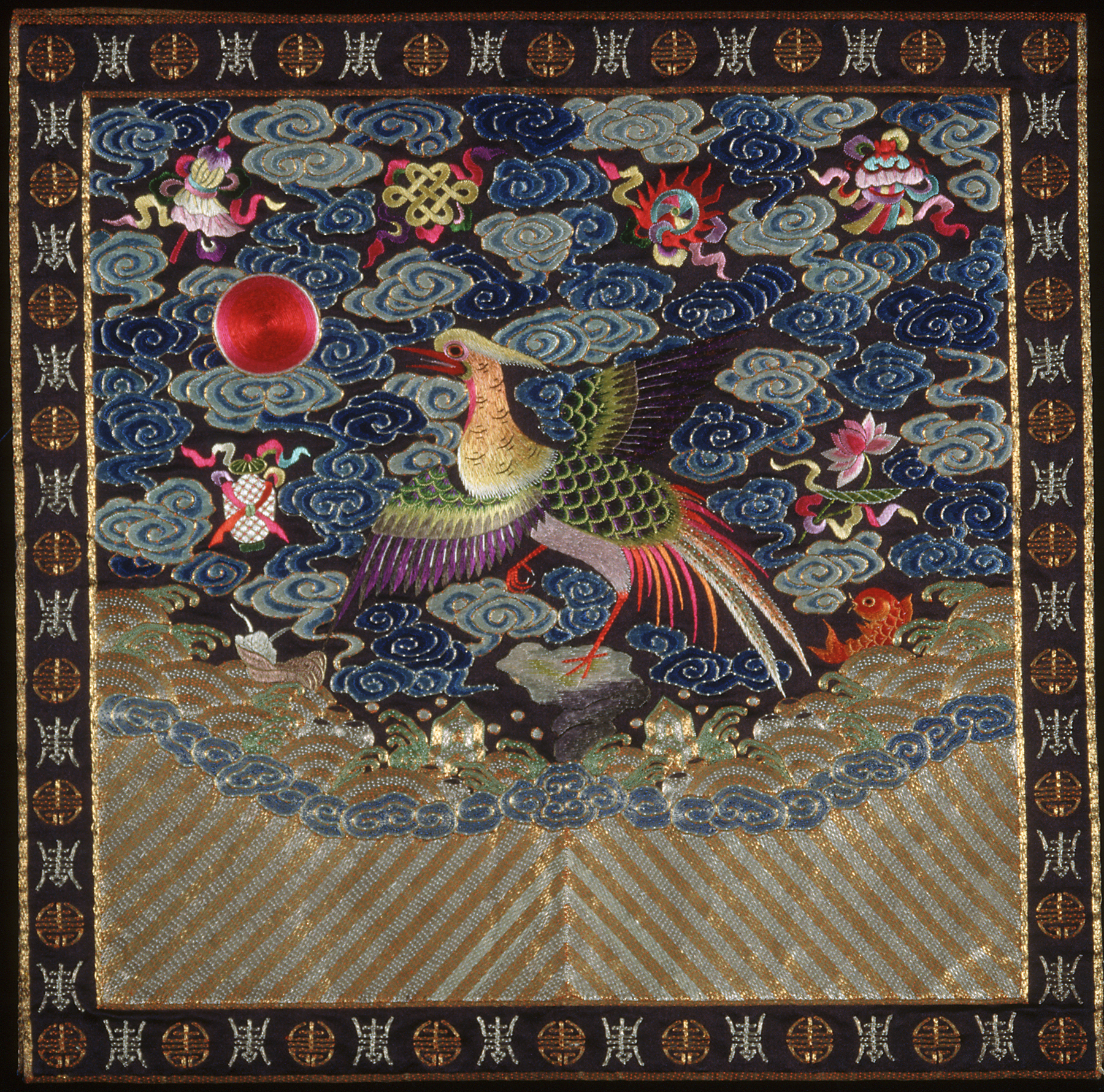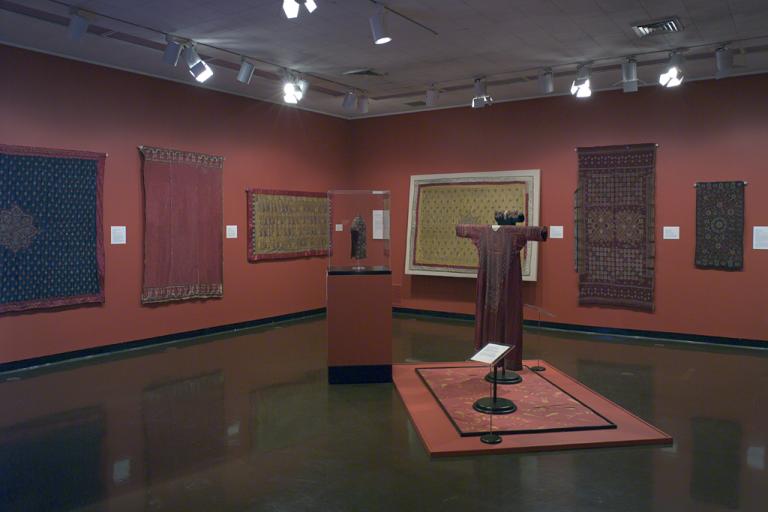golden pheasant rank badge, unknown maker from China
Artwork Overview
golden pheasant rank badge
, late 1800s, Qing dynasty (1644–1911)
Where object was made: China
Material/technique: silver thread; embroidering; gold thread; couching; silk; satin stitch
Dimensions:
Object Length/Width (Length x Width): 32 x 32 cm
Object Length/Width (Length x Width): 12 5/8 x 12 5/8 in
Object Length/Width (Length x Width): 32 x 32 cm
Object Length/Width (Length x Width): 12 5/8 x 12 5/8 in
Credit line: Gift of Cooper Union through Oberlin College
Accession number: 1954.0347.01
Not on display
If you wish to reproduce this image, please submit an image request



